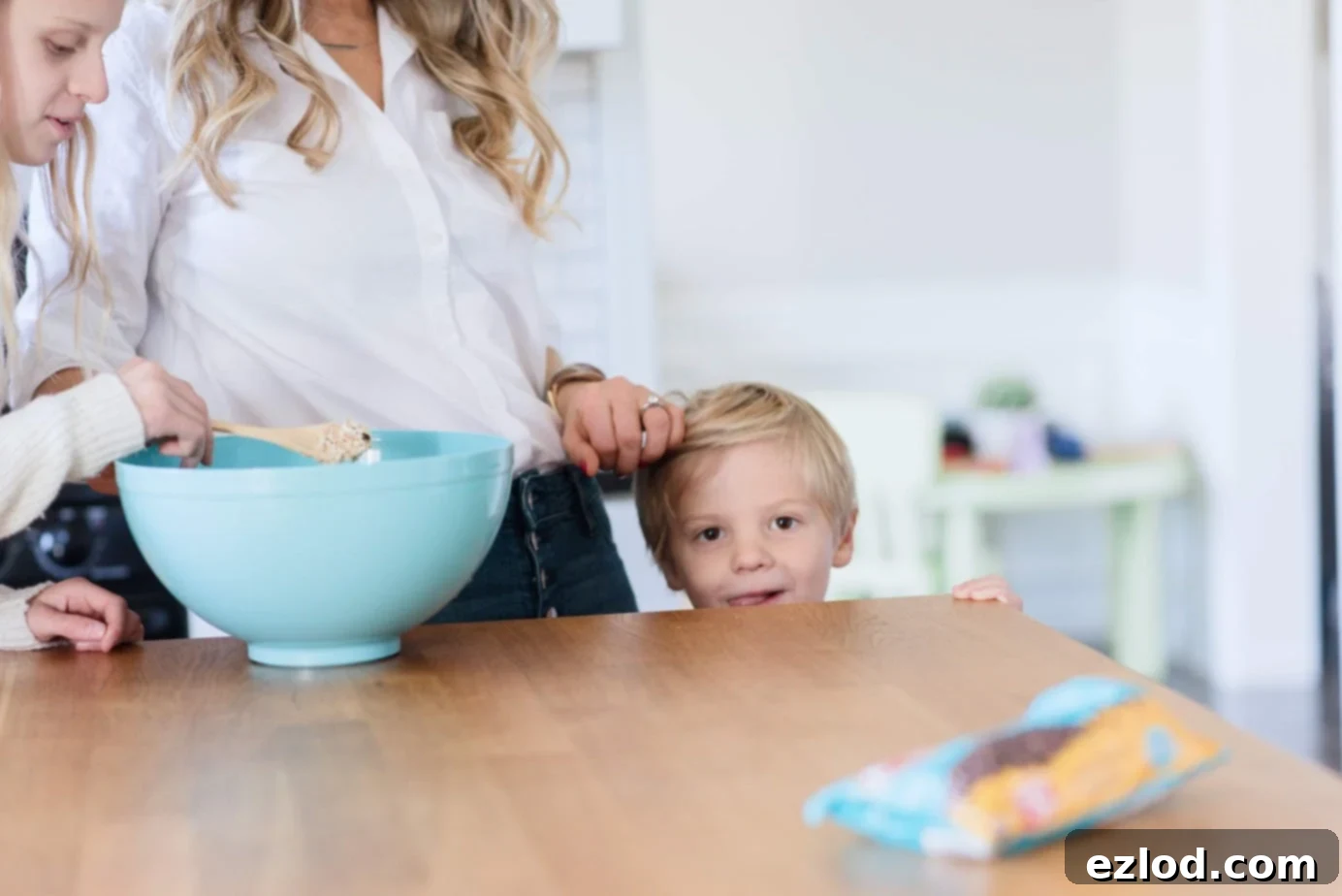12 Healthy & Fun Treats to Make with Kids: Engaging Recipes for Family Kitchen Time
Looking for exciting ways to get your kids involved in the kitchen, especially when they’re home from school or enjoying a relaxed weekend? This comprehensive guide, “Twelve Healthy Treats to Make with Kids,” offers simple, delicious, and nutritious recipes designed to be made by little hands and enjoyed by the whole family. Beyond just tasty results, these recipes provide invaluable opportunities for learning, bonding, and developing essential life skills. We’ve included practical tips on how to involve even the littlest members of your family, turning every cooking session into a memorable adventure. Please note, this post contains affiliate links for products we love and recommend.
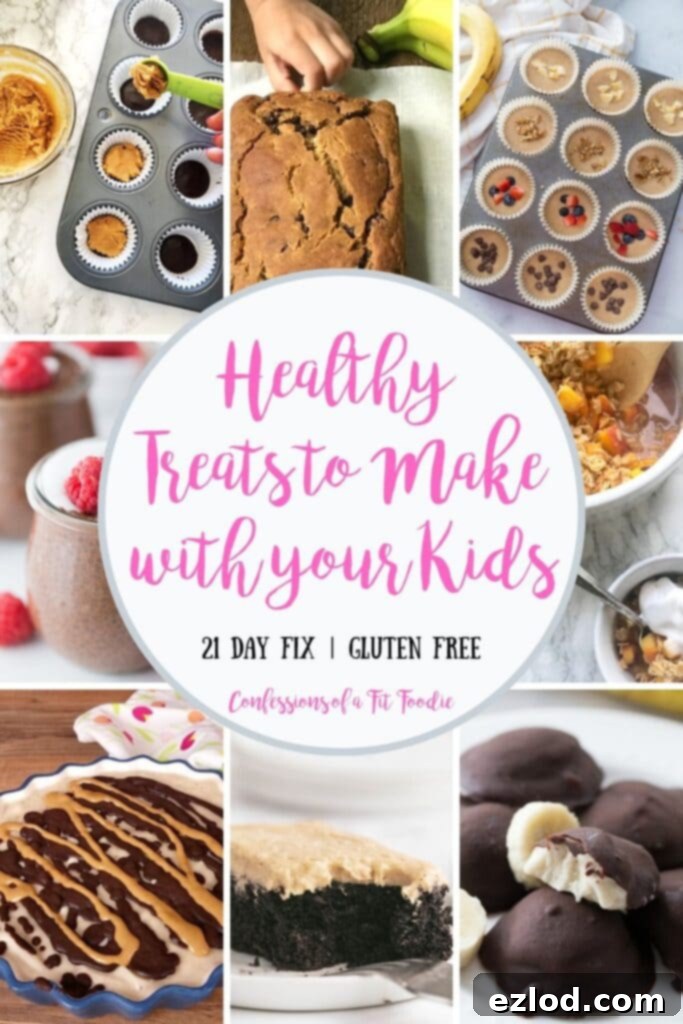
As a parent who spends a lot of time in the kitchen, I’ve noticed how much my kids love to participate, particularly when there’s a promise of a delicious treat at the end. Their enthusiasm is infectious, and it’s a joy to share my passion for cooking with them. Now, with more time spent at home, I’m more committed than ever to making kitchen time a daily family activity. This includes not just cooking, but also the important task of cleaning up afterward! After all, cooking and cleaning are fundamental life skills everyone should master, and there’s no better place to learn than at home.
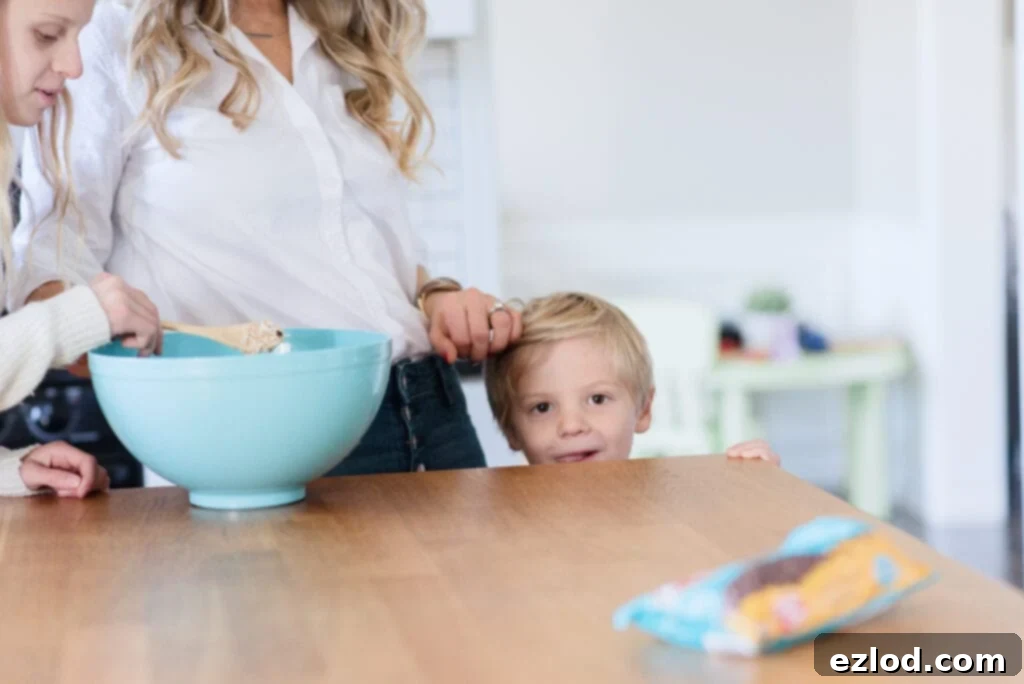
But kitchen adventures offer so much more than just learning to cook. They are fantastic platforms for incorporating reading, math, and even science into everyday activities. Think creatively! Measuring ingredients offers real-world math practice, while observing changes during baking introduces basic scientific principles. Reading a recipe helps with literacy, and following instructions sharpens focus. For those who might need a little guidance on how to make this happen seamlessly, I’ve provided specific, age-appropriate tips with each recipe, ensuring that every child can contribute and learn.
Why Cooking with Kids is a Recipe for Success
Involving children in the kitchen offers a multitude of benefits that extend far beyond simply preparing a meal. It’s an investment in their development, fostering independence, curiosity, and healthy habits. Here are just a few reasons why you should make cooking a regular family activity:
- Develops Essential Life Skills: From following instructions and measuring ingredients to understanding kitchen safety and cleaning up, cooking teaches practical skills that empower children to become more self-sufficient.
- Boosts Educational Learning: The kitchen is a natural classroom! Children can practice math by counting and measuring, learn about fractions, and even tell time. Science comes alive as they observe ingredients changing states (e.g., melting chocolate, rising dough) and explore chemical reactions. Reading recipes enhances literacy and comprehension.
- Encourages Healthy Eating Habits: When kids are involved in preparing food, they are often more willing to try new ingredients and healthier dishes. They develop a deeper understanding of what goes into their food, helping them make more informed choices.
- Fosters Creativity and Problem-Solving: Cooking allows for experimentation and creativity, especially with toppings and flavor variations. When something doesn’t go as planned, it presents an opportunity to problem-solve together.
- Strengthens Family Bonds: Cooking together creates cherished memories and provides dedicated quality time. It’s a relaxed environment for conversation, teamwork, and laughter.
- Enhances Fine Motor Skills: Tasks like stirring, pouring, kneading, and cutting (with kid-safe tools) are excellent for developing hand-eye coordination and fine motor control.
Healthy & Delicious Treat Recipes to Make With Kids
Get ready to dive into these delightful recipes! Each one is chosen for its simplicity and the fantastic opportunities it provides for kid involvement. Let’s make some magic in the kitchen!
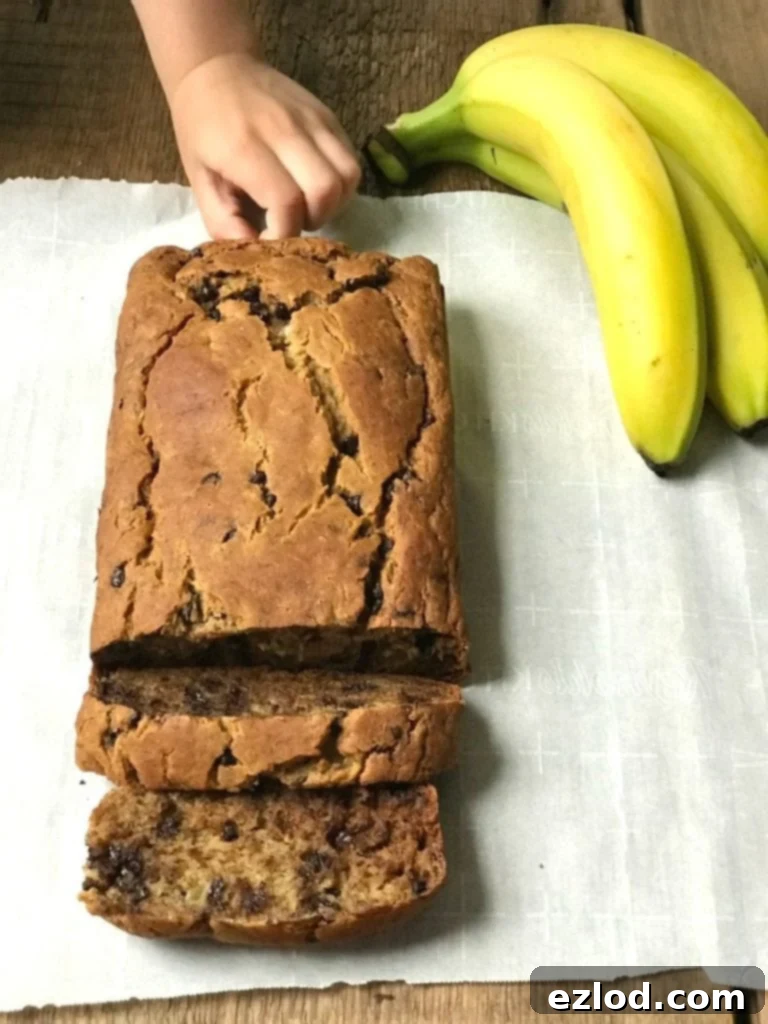
21 Day Fix Banana Bread (Gluten-free| Dairy Free) | Confessions of a Fit Foodie
(or you can make this Healthy Pumpkin Oatmeal Banana Bread)
Getting Your Kids Involved:
- Mashing Bananas: Hand your little chefs a potato masher or a sturdy fork and let them go to town on those ripe bananas! This is a fantastic sensory activity and great for developing arm strength and fine motor skills.
- Measuring Ingredients: Turn baking into a fun math lesson! My oldest loves fractions, and measuring out flour, sugar, or liquids is a perfect, real-world way to practice these concepts. Discuss units like cups, tablespoons, and teaspoons.
- Science Exploration: This recipe calls for baking soda. Engage older kids by researching the difference between baking soda and baking powder. Why did we choose one over the other for this recipe? What chemical reactions are happening?
- Stirring and Pouring: Allow them to carefully pour pre-measured ingredients into the bowl and mix everything together.
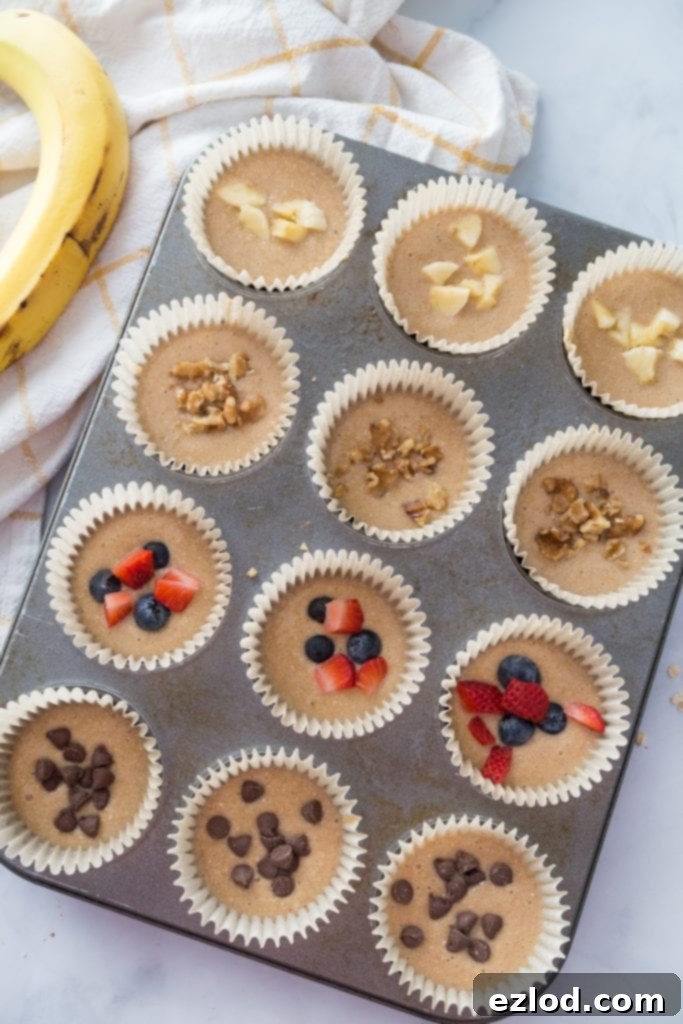
Healthy Banana Oatmeal Blender Muffins [Gluten-free | Dairy-free ] | 21 Day Fix Blender Muffins [Weight Watchers]
Getting Your Kids Involved:
- Lining Muffin Tins: Ask your little ones to count out 12 parchment liners and carefully place them into the muffin tins. This is excellent for counting practice and developing precision.
- Blender Magic: The beauty of this recipe is that almost everything goes into a blender! This means less mess for liquid mixing and a fun experience for kids to watch the ingredients transform (with adult supervision, of course).
- Creative Toppings: Once the batter is poured, let the kids choose and add their favorite toppings – think mini chocolate chips, sprinkles, nuts (if no allergies), or a sprinkle of cinnamon sugar. This encourages creativity and personalizes their treat.
- Ingredient Identification: Have them identify each ingredient before it goes into the blender, fostering familiarity with whole foods.
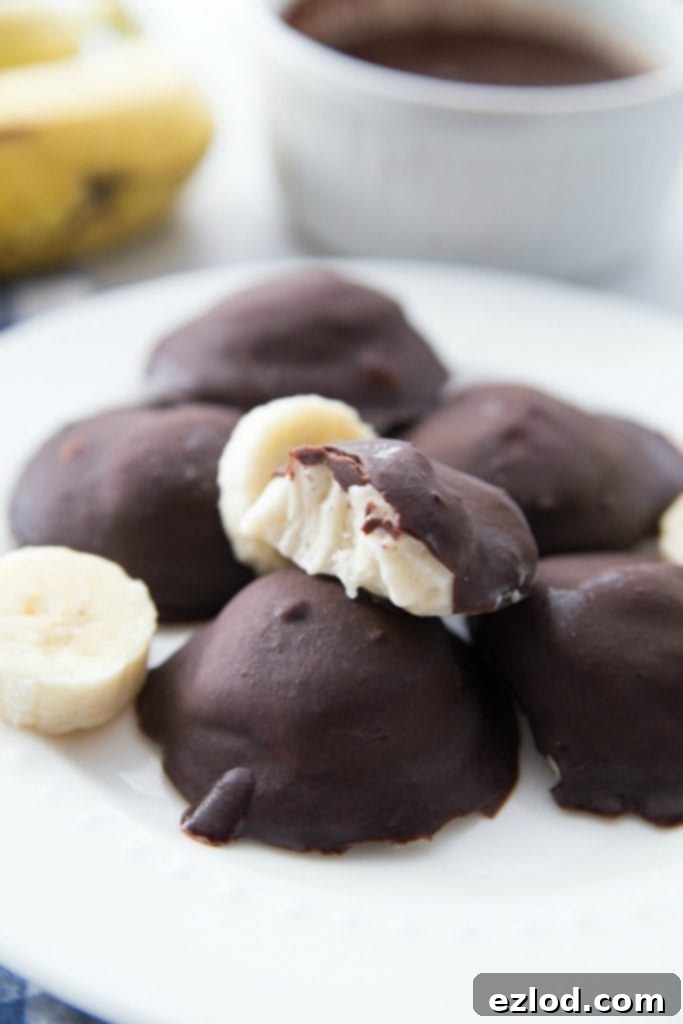
21 Day Fix Banana Ice Cream Bon Bons
Getting Your Kids Involved:
- Safe Slicing: Bananas are incredibly easy to slice, even with a butter knife! This is a fantastic, safe way to introduce and practice cutting skills. For a slight upgrade, I highly recommend these kids’ chef knives, but any dull knife will do the trick.
- Dipping Fun: My kids absolutely LOVE anything that is dippable! Let them dip the banana slices into melted chocolate (cooled slightly for safety) and then into their choice of sprinkles or crushed nuts. Yes, it might be a bit messy, but that’s how they learn and develop hand-eye coordination. Tip: Line your counter with parchment paper or wax paper to make cleanup a breeze.
- Observing Freezing: Talk about how the bananas and chocolate will harden in the freezer, introducing basic concepts of temperature and states of matter.
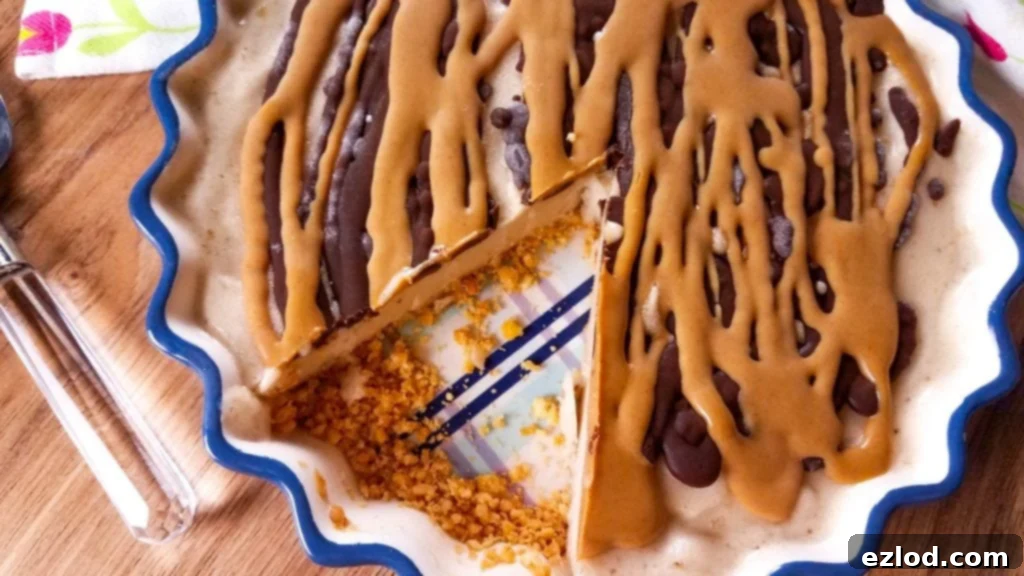
21 Day Fix Ice Cream Pie
Getting Your Kids Involved:
- Fine Motor Focus: Just like with the bonbons, having them slice bananas for the pie filling is a wonderful fine motor activity that builds confidence with kitchen tools.
- Crushing the Crust: Give your kids a ziplock bag filled with graham crackers, nuts, or cookies for the crust and let them crush it using a rolling pin or a meat tenderizer. This is a satisfying activity that also helps develop gross motor skills!
- No-Bake Creativity: This entire recipe is no-bake and primarily uses pantry ingredients, making it perfect even if you haven’t had a chance to visit the store recently. Encourage creativity with the crust – use whatever nuts, graham crackers, or cookies you have on hand. Or, for a simpler version, make it without the crust!
- Layering and Spreading: Let them help press the crust into the pie dish and spread the ice cream and banana layers.
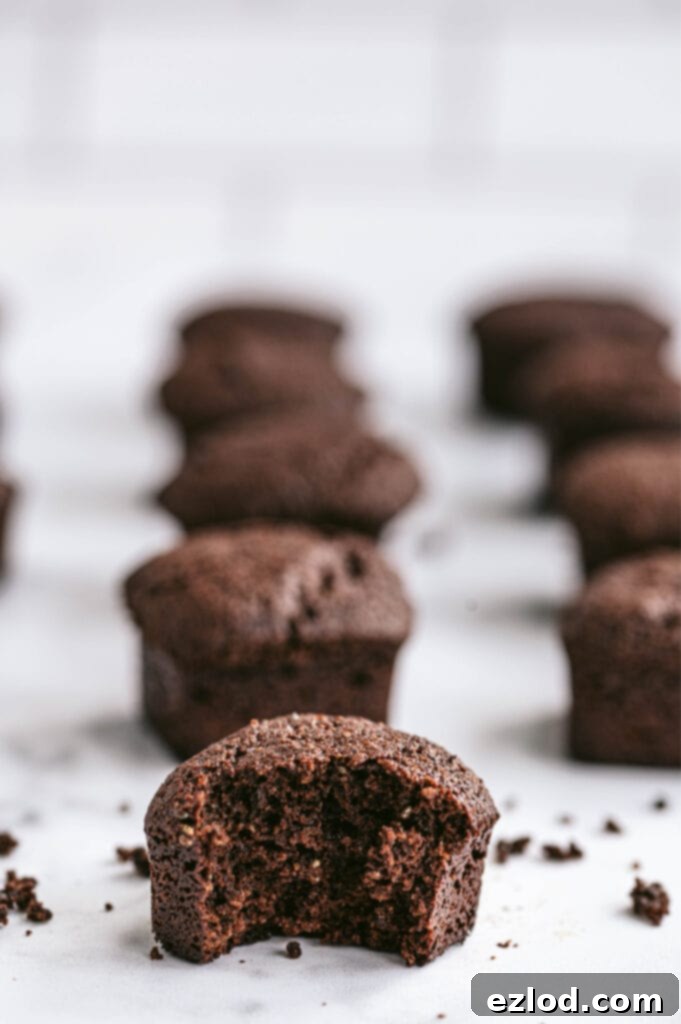
Healthy Brownies
Getting Your Kids Involved:
- Kitchen Science Lesson: This recipe offers a fantastic opportunity to discuss some basic “science” principles. Explain how the heat from the oil helps to activate the cocoa powder, enhancing its flavor. Talk about how a small amount of coffee can surprisingly deepen the chocolate flavor without making it taste like coffee. Discuss how coconut flour absorbs a lot of liquid, which is why only a small amount is needed in the recipe.
- Mixing and Stirring: Allow them to carefully combine the wet and dry ingredients, observing the transformation from separate components to a smooth batter.
- Tasting (Safely): With adult supervision, let them have a tiny taste of the batter (before eggs are added if raw egg consumption is a concern) to compare flavors.
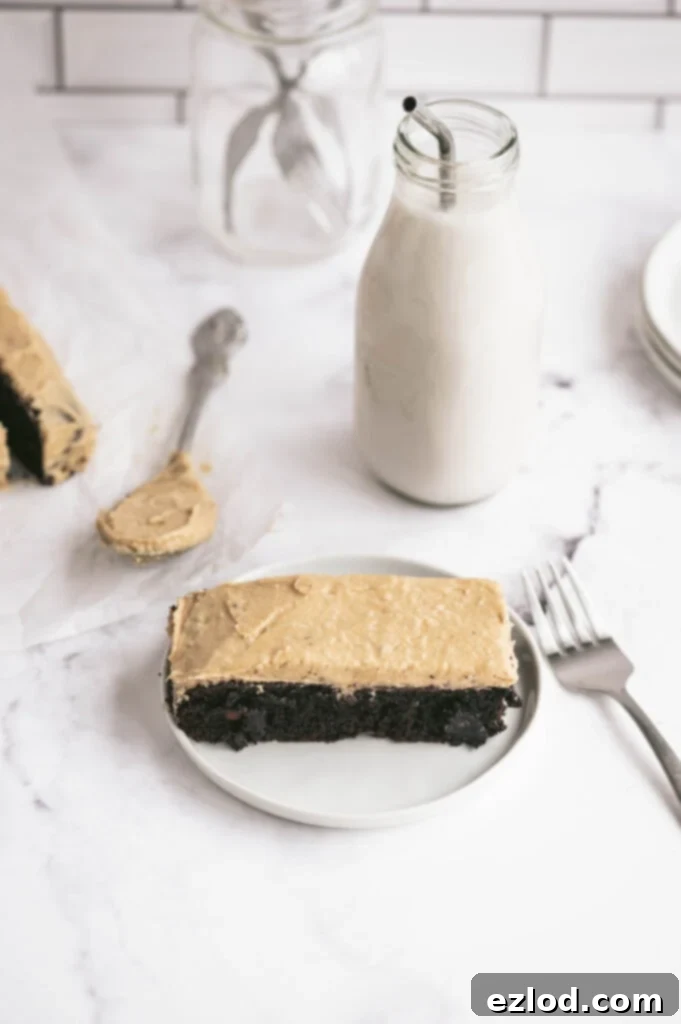
Gluten Free Chocolate Cake with Peanut Butter Frosting [Grain free | Dairy Free | 21 Day Fix]
Getting Your Kids Involved:
- Cracking Eggs: My kids absolutely love to crack eggs! Start by having them gently tap the egg on the counter, and then you can assist with the rest. Progress to having them crack eggs into a separate bowl first so you can easily remove any errant shells before adding them to the main mixture. This builds confidence and precision.
- Cupcake Decorating: Make this recipe into cupcakes (directions are in the original post) and give each child their own small portion of frosting to decorate. This encourages individual creativity and fine motor skills.
- Mixing Wet & Dry: Guide them through adding wet ingredients to dry ingredients, explaining the importance of mixing until just combined to ensure a tender cake.
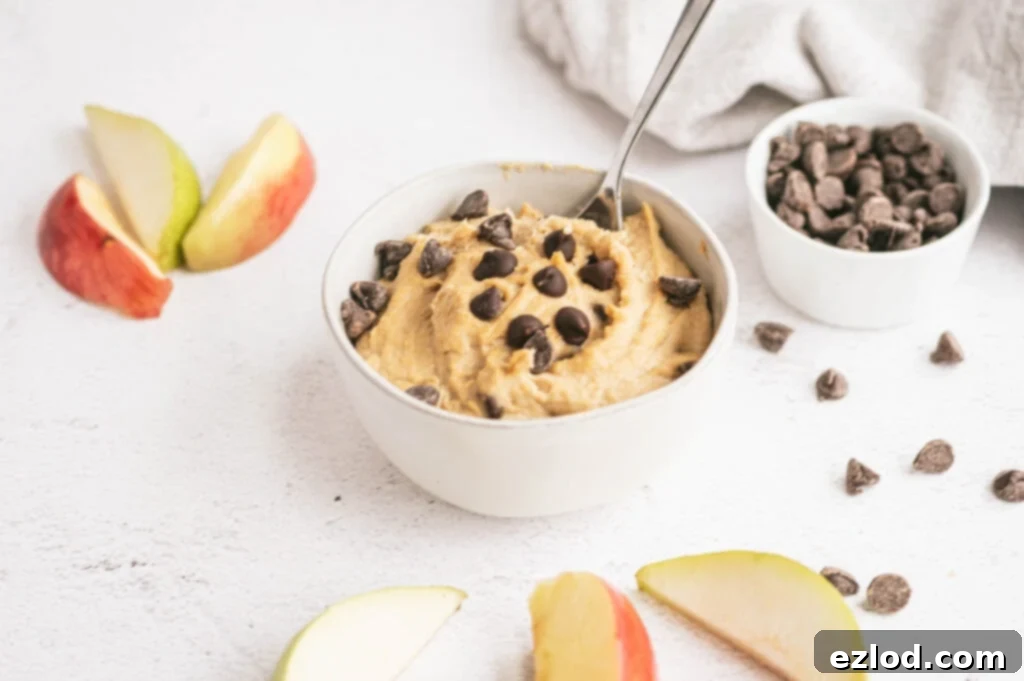
Cookie Hummus Dip {21 Day Fix}
Getting Your Kids Involved:
- No-Bake Independence: This is a wonderful no-bake recipe, allowing your kids to take on a significant portion of the preparation independently (with supervision, of course!). It’s a great time to reinforce those essential measuring skills.
- Dipping & Rating: Set up a fun “taste test” station! Have them try the dip with different dippers (apple slices, graham crackers, pretzels, berries) and rate their favorites in order. This sharpens their descriptive language and critical thinking skills.
- Plant-Based Protein Lesson: Turn this into a mini science lesson on plant-based protein. For older kids, challenge them to research the best ways to get protein from non-meat sources, discussing ingredients like chickpeas and nuts used in the dip.
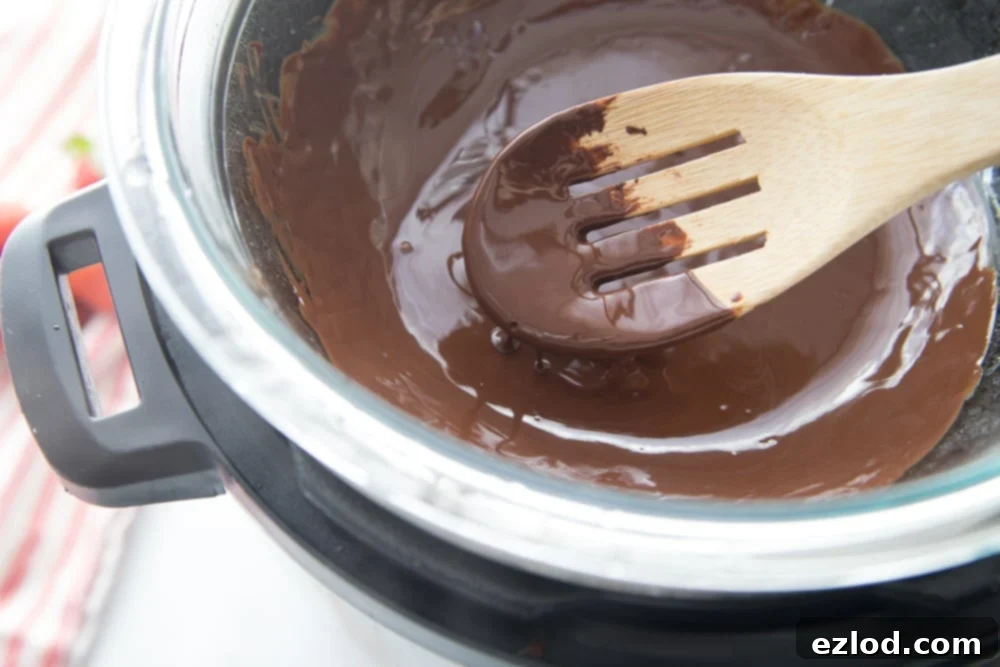
Instant Pot Chocolate Covered Strawberries | Instant Pot Double Boiler Hack
Getting Your Kids Involved:
- Safe Chocolate Melting: I absolutely love using the Instant Pot to create melted chocolate because there’s no open flame involved. It’s a much safer environment for little hands to get involved with stirring the chocolate as it melts. Happy stirring, kids!
- Pantry Staples Version: Don’t have chocolate chips on hand? No problem! There’s a pantry staples version of this recipe, which is a great lesson in resourcefulness and adapting recipes based on what you have.
- Creative Dipping: No strawberries? Get creative! Dip whatever you have on hand – bananas, orange segments, pretzels, marshmallows, or even dried fruit. This encourages experimentation and flexible thinking in the kitchen.
- Washing & Arranging: Let kids help wash the fruit and arrange it on parchment paper before and after dipping.
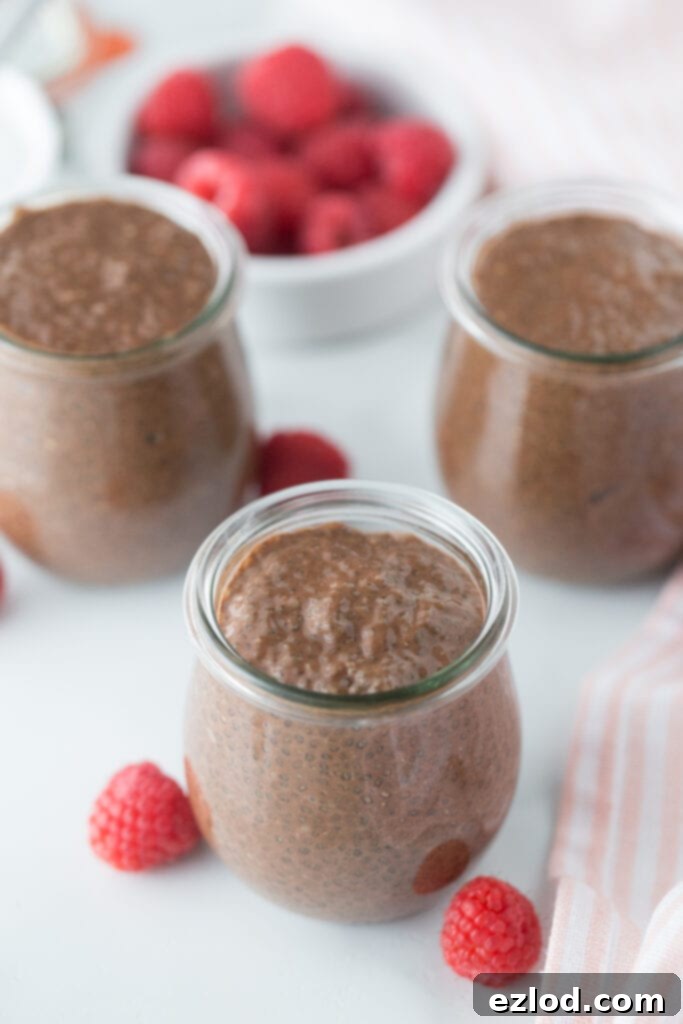
Chocolate Chia Pudding
Getting Your Kids Involved:
- Observing Chia “Growth”: This is a fascinating science experiment! Talk about how chia seeds absorb liquid and “grow.” Have your kids predict how big the bowl of chia will get by marking the initial level with a piece of painter’s tape and observing the change over time.
- Recipe Following: Again, this is a no-bake recipe, making it ideal for kids to try and follow the recipe steps independently. For older readers, let them read the directions themselves. For younger children, read the directions step-by-step and see if they can follow each instruction.
- Stirring & Mixing: Let them stir the ingredients together, observing the consistency and ensuring the chia seeds are well distributed.
- Topping Creativity: Once set, let them add their favorite toppings like berries, nuts, or a drizzle of maple syrup.
![12 Healthy Snacks Kids Will Love to Create 13 Healthy Copycat Mini Reeses Peanut Butter Cups [Dairy Free | Gluten Free | 21 Day Fix | WW]](https://ezlod.com/wp-content/uploads/2025/09/img_11195_12.webp)
Healthy Copycat Mini Reese’s Peanut Butter Cups [Dairy Free | Gluten Free | 21 Day Fix | WW]
Getting Your Kids Involved:
- Counting and Lining: Have them count out and line the mini muffin tins with paper liners. This is great for counting practice and developing organizational skills.
- Microwave Melting: You can safely use a microwave to melt the coconut oil for this recipe – no stove needed! My 10-year-old can confidently handle this part herself now, teaching valuable independence and safe appliance use.
- Filling with Precision: Give those little hands a 1/2 teaspoon measuring spoon and let them fill the cups with the peanut butter mixture. There’s no risk of overflow in this recipe, so it’s a perfect task for building precision and fine motor control.
- Pressing the Crust: If using a crust, let them press it into the bottom of the cups before adding the filling.
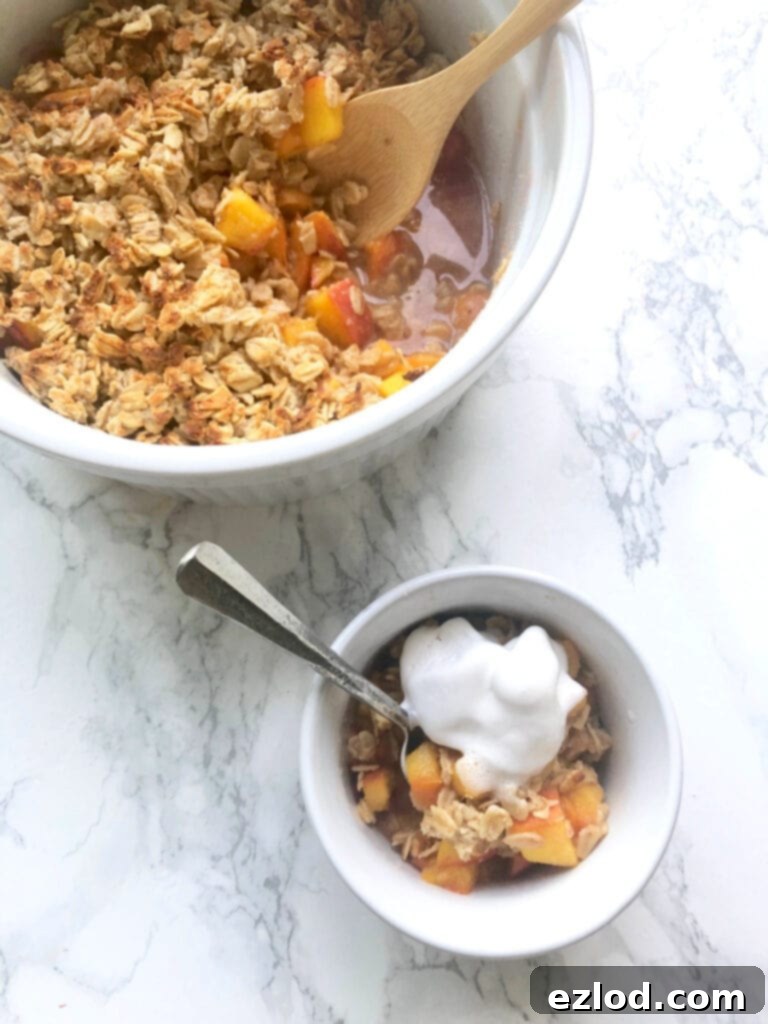
Peach Crisp [Gluten-free | Dairy Free] | Apple Crisp | Gluten-free Apple Crisp | Strawberry Rhubarb Crisp
Getting Your Kids Involved:
- Fruit Flexibility: First, emphasize that these crisp recipes are incredibly versatile and work beautifully with any fruit you have on hand, including frozen fruit. Even a mix of different fruits! This teaches adaptability in cooking.
- Mess-Free Mixing: Mixing the oat topping ingredients is one of my kids’ favorite activities. This type of baking doesn’t require extreme precision, and there’s no worry of over-mixing, so let them measure and mix away to their heart’s content! It’s a great sensory experience.
- Fruit Prep (Age-Appropriate): For older kids, guide them in carefully washing and slicing the fruit (under supervision). Younger kids can help wash or gently pull apart berries.
- Crumbling Topping: Let them use their hands to crumble the oat mixture over the fruit, engaging their tactile senses.
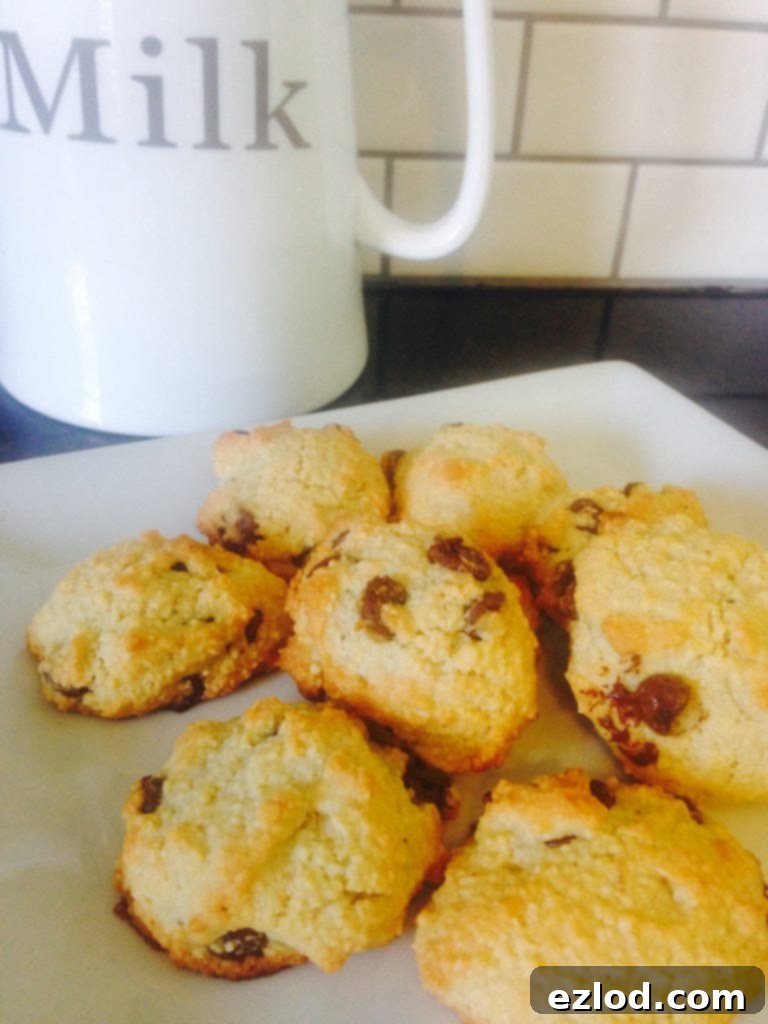
Gluten Free Chocolate Chip Cookies
Getting Your Kids Involved:
- Hand Mixer Introduction: This recipe offers a nice introduction to using a hand mixer, as the batter is thick and less likely to “splatter.” Of course, it’s not strictly necessary if you don’t have one; manual mixing works just fine and builds arm strength!
- Cookie Placement: Encourage your kids to scoop and place the cookie dough onto the baking sheet, lined with parchment paper. There’s no need for a perfect shape, making it a low-pressure task that builds fine motor skills and spatial awareness.
- “No Waste” Discussion: If the recipe calls for separating egg yolks, take a moment to discuss not wasting food. Suggest freezing or refrigerating those egg yolks – they’ll be perfect to add to some scrambled eggs later, teaching valuable lessons in resourcefulness.
- Recognizing Doneness: Talk about how the cookies change color and texture as they bake, helping them understand when food is cooked.
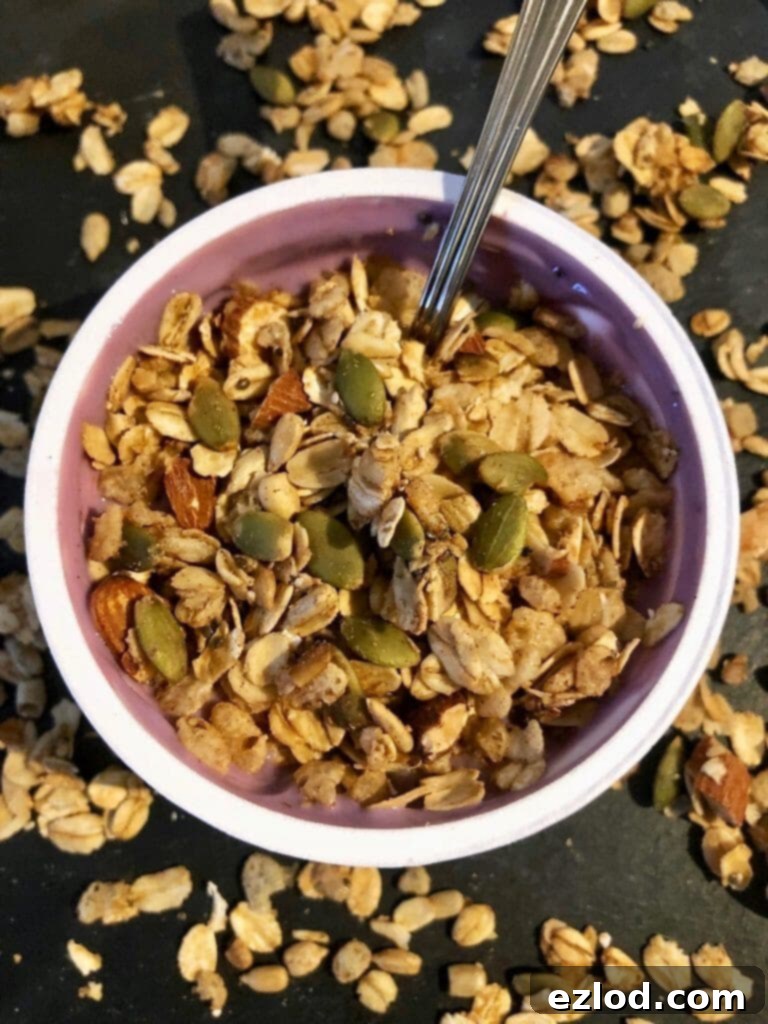
21 Day Fix Granola (Gluten Free/Dairy Free)
Getting Your Kids Involved:
- Freedom to Mix: Again, this recipe is awesome because there is absolutely no worry about over-mixing! Let them measure, mix, and even taste the mixture before it goes into the oven. This sensory engagement makes cooking fun and less stressful.
- Ingredient Flexibility: This recipe allows for so much flexibility. Emphasize using what you have on hand, so don’t stress if you don’t have specific seeds or cereal. This teaches adaptability and resourcefulness.
- Taste Test & Research: If you have different seeds and nuts available, have them do a taste test and decide their favorites to add. For older kiddos, encourage them to do a little research on the different seeds and nuts – what are the nutritional benefits of each one? This connects cooking to nutrition science.
- Spreading & Baking: Let them help spread the granola mixture evenly on the baking sheet and observe it as it bakes and becomes golden and crispy.
Bringing your kids into the kitchen is truly one of the most rewarding family activities. Not only will you create delicious, healthy treats together, but you’ll also be building important life skills, fostering a love for learning, and creating cherished memories that will last a lifetime. So, roll up your sleeves, embrace the joyful mess, and embark on your next family kitchen adventure!
